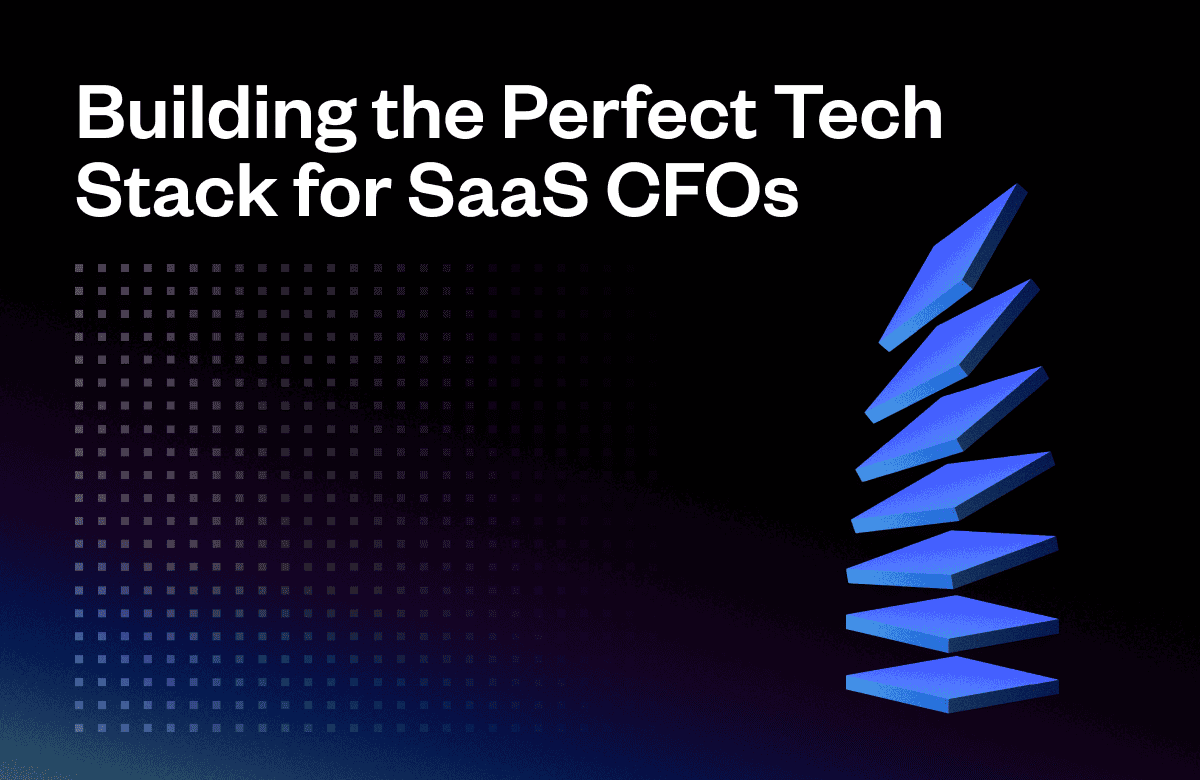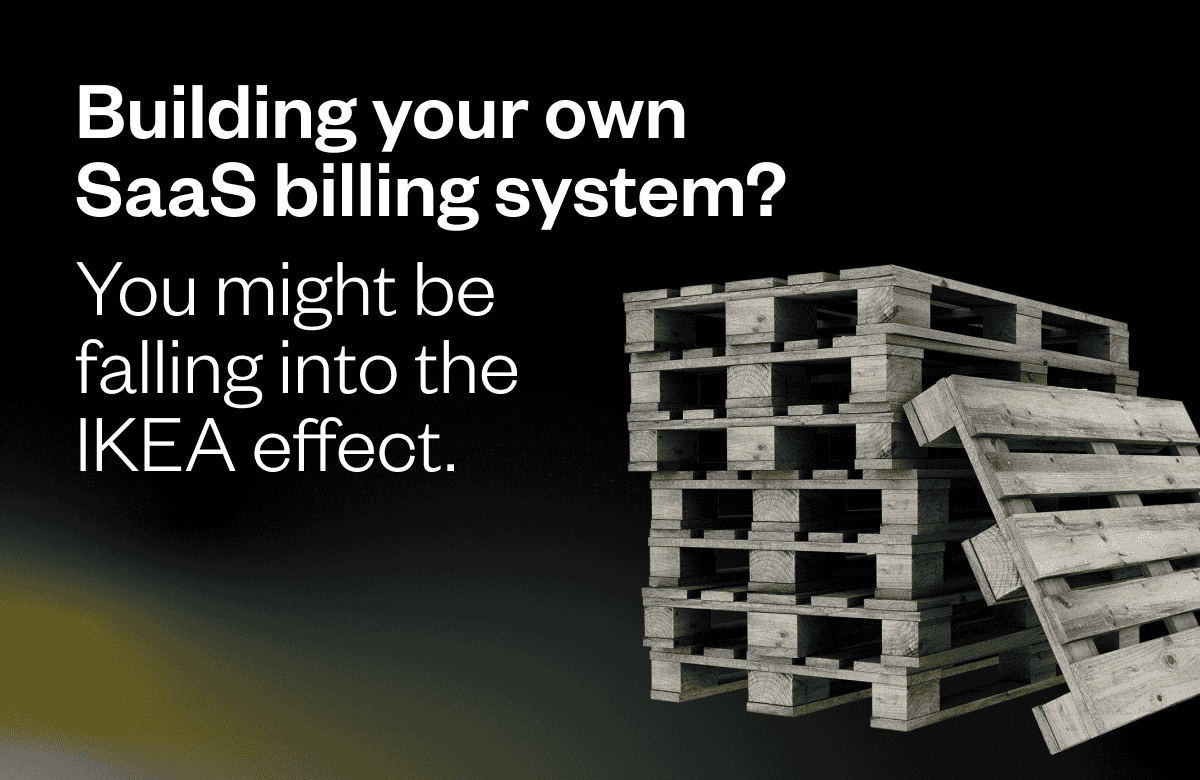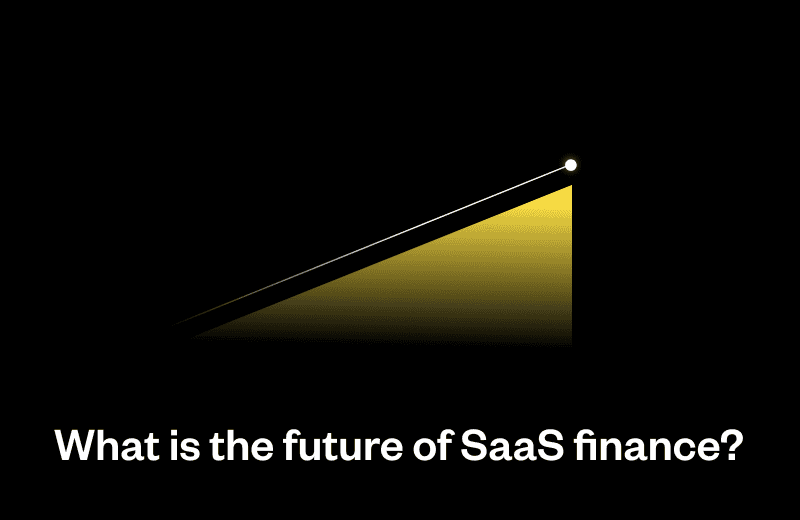Off balance sheets, cash flow tracking, financial risk management… it’s like playing a high-stakes game of chess, isn’t it?
Each year, chief financial officers oversee fiscal health equivalent to trillions of dollars, dissecting financial intricacies with the precision of a surgeon. This is akin to managing the US GDP, not once or twice, but four times over—all meticulously run from behind an office desk.
Yet, it’s the unsung heroes—the tech stack of the modern CFO—that weave this fiscal tapestry. Like the smartphone to a millennial, CFO software becomes the vital extension of a CFO’s analytical prowess, streamlining complex financial operations with unrivaled efficiency.
In other words, you can’t rely on a cup of coffee and a sprawling Google Sheet to scale your business any longer. In this blog, we’ll dissect the star players and their features, masterfully distilling your search down to the top contenders of 2024.
Understanding CFO software features: a comprehensive guide
You don’t need all the bells and whistles of an ERP to serve your finance teams. Here are the key features that matter for finance leaders.
Key features of CFO software
For executives looking to streamline their financial management processes, the CFO software stack delivers an array of essential features set to elevate your operations.
Firstly, most CFO-level finance tools come equipped with comprehensive financial reporting capabilities. This means the software can automatically generate detailed financial reports and dashboards, offering real-time insights into the organization’s financial health. This function typically includes profit and loss statements, balance sheets, and cash flow projections. In the hands of an experienced finance leader, this functionality can be used to conduct FP&A for an upcoming month, quarter, or year.
Another crucial feature is integrations with existing systems and software applications. From accounting tools to HRMS, the integration capabilities of CFO-level finance software should enhance data exchange and coordination across various departments.
A third essential feature to be found in CFO software is data security. With sensitive financial data at stake, robust encryption processes are a necessity to ensure the safeguarding of financial data from cyber threats.
Advanced features in CFO software
For tech-savvy finance teams who always have an eye on what’s next, 2024’s CFO software is bringing an array of advanced features to the table.
One such feature of particular interest is the application of artificial intelligence (AI) in financial management. AI offers predictive analytics, using historical data to forecast future financial trends and patterns. It can aid CFOs in anticipating market changes, detecting anomalies, and making data-driven decisions with added confidence and precision.
Another novelty to look forward to is enhanced automation capabilities. This goes beyond automating financial reports and simple tasks. With advanced automation, CFO software can manage complex workflows and processes, essentially reducing manual errors and saving valuable time for your finance function.
Moreover, the use of big data analytics is another feature being introduced. These analytics can digest and interpret vast quantities of information, helping CFOs make sense of complex financial data.
These innovations are not simply shiny new additions. They’re set to revolutionize financial management by providing deeper insights and data analysis, improving efficiency, and offering a higher level of accuracy in financial decision-making.
CFO software pricing: what to expect
What will CFO software cost your finance team next year? Prices will likely shift up and down depending on demand, new options like cloud services, and broader economic trends. But smart budgeting will help you beat any unwelcome sticker shock.
Let’s look at an insider’s view of 2024 pricing, find where you can trim excess features for savings, and plan ahead so you get the right software solutions for your finance and accounting teams at the right price.
Factors influencing CFO software pricing
Determining the cost of CFO software is not unilateral, it takes various considerations into account. The complex interplay of factors like the quality of features, the level of customization you need, the provider’s standing in the market, and external economic conditions play significant roles.
In 2024, the ongoing shift toward cloud-based solutions and an increased demand for advanced AI-powered analytics tools are likely to nudge the pricing matrix upwards. Additionally, economic fluctuations, such as inflation or currency exchange rates, can also influence software pricing. Between software vendors vying for market share and companies aiming for the most cost-efficient solutions, pricing dynamics remain a tug-of-war.
Tips for choosing cost-effective CFO software
Every finance tool offers its unique blend of features and functions. The definition of “value for money” largely depends on your specific requirements and budget limitations.
The first step is to establish your essential utilities: data analytics, forecasting, expense management, spend management, financial planning, or risk management, for instance. Picking software that excels in your required domains and provides the necessary level of customer support can lead to significant cost savings in the long haul.
The next step is evaluating different pricing structures. Subscription-based, usage-based, and one-time licenses are just a few forms. They offer diverse capabilities, so understanding your consumption pattern can help decide the most cost-effective structure.
Finally, consider the scalability of the software. Your investment should be able to accommodate business growth without necessitating a complete software overhaul.
Download the ebook: Data-driven Pricing Strategies
In this ebook, you’ll learn how to optimize your pricing strategy based on customer insights and analytics.
Understanding the benefits of CFO software
Ever been forced to work through manual data entry in an Excel or Google Sheet? …that should be all we need to write in this section.
Spreadsheet horrors aside, let’s dig a bit deeper to truly understand why investing in dedicated financial software tools in a non-negotiable for your business.
How CFO software enhances financial management
CFO software is an essential tool that bolsters financial management processes and gives executives a single source of truth for the financial health of their business. With meticulous attention to detail and efficiency, financial software acts as an invaluable ally that streamlines operations, reduces risks, and empowers decision-making.
A classic example is NetSuite, the ERP most enterprise financial executives are familiar with. Without it, business leaders have no way of accessing the real-time financial data they need to make key business decisions and report up to relevant stakeholders. By investing in these tools early, business leaders can easily track and manage their company’s financial performance before they’re too late (e.g. getting audited, fundraising due diligence, etc.)
The role of CFO software in business growth: our predictions
As small businesses and SaaS enterprises alike gear up to meet future growth challenges, the role of CFO software is becoming more pronounced. In 2024, we believe finance leaders will continue to move away from large enterprise resource planning tools (ERPs) and invest in point solutions specific to their particular use case.
For example, a SaaS startup that isn’t able to afford a large ERP may adopt a payment processing tool so they can manage their accounts payable/receivable and start getting cash in the door.
Additionally, the advent of AI and machine learning capabilities in today’s point solutions could further delay the need for larger ERP solutions. For instance, point solutions that can predictively manage cash flow, do real-time budgeting, and start forecasting profits with higher accuracy will be powerful assets to finance leaders at SaaS startups and SMBs
CFO software for startups: a must-have
Now that we’ve seen the transformational benefits CFO software can bring, let’s delve into why startups need them to chart their course, increase their valuation, and ensure they make it to their series B, C, D, and beyond.
Why startups need CFO software
Statistics show that 29% of startups fail due to running out of cash, and a further 18% go under due to pricing or cost issues. That’s almost half of all startups that fail because of financial mismanagement. It’s not surprising given that most startups are traditionally more focused on growth and product rather than finance. So, let’s dig a little deeper into why CFO software is more than just a nice-to-have for startups.
Early-stage companies often face the Herculean task of managing finances with limited resources and expertise. With the fast-paced nature of startups, every minute counts, and long hours are spent on financial reporting, planning, and analysis. These critical but time-consuming tasks, if not executed properly, can lead to dire consequences. This is where CFO software steps in. These tools not only automate most financial tasks, freeing up valuable time, but they also provide CFO-level financial insights which are critical in navigating the choppy waters of startup survival.
One paramount challenge startups face is managing cash flow. Cash flow mismanagement is a slippery slope that can drive startups to their deathbed. CFO software skillfully handles cash management, helping startups monitor their burn rate, predict their runway, and make timely interventions. In other words, manual processes that were once buried under spreadsheets become clear, insightful, and instantaneous.
Best CFO software for startups
Choosing the best CFO software for startups is much like tailoring a suit; it requires understanding individual needs and circumstances. While there’s no one-size-fits-all, here are some recommendations on the best CFO software suited for startups in 2024.
Finance and billing tools
It’s common for companies to have digitized some of their financial processes. While this is a step in the right direction, there are gaps in many processes companies currently use that finance and billing tools can fill.
Maxio
Maxio is the bridge between a company’s CRM and general ledger that prevents revenue from falling through the cracks. Maxio automates your expense and revenue recognition, helping you keep your data clean and making audits a breeze. Its robust suite of integrations empowers your team to manage every step of your order-to-cash process seamlessly and without fear of inaccurate data. Spreadsheets quickly become unwieldy for a scaling SaaS company; Maxio is the financial reporting tool you’ll never outgrow.
In addition, you can supercharge your entire billing and finance operation. Maxio is a powerful B2B SaaS subscription management software that enables you to employ complex pricing strategies (like prepaid usage or real-time multi-attribute billing), so you can bill exactly the way you want—without the time or financial investment of building out a custom solution. Maxio is the most powerful way to manage the entire order-to-cash process and financial reporting and analytics.
CRM tools
Customer relationship management (CRM) software keeps everything related to your customer journey in one place. By keeping track of all information about potential customers as well as current customers, these CFO tools have the potential to improve your business’s relationships and catalyze growth.
Salesforce
By far the biggest name on this list, Salesforce has become an undeniable giant in their line of work. As the world’s #1 CRM platform, Salesforce can do everything from providing more insight into customers or sales to improving inter-company communication for better customer service.
Salesforce has a whole host of CRM tools to browse. If you haven’t heard of them, or aren’t using one of their tools yet, check them out.
Pipedrive
Pipedrive is hailed as the easiest-to-use interface in the sales industry.
This CRM tool allows companies to visualize their sales pipeline by keeping track of meetings, follow-ups, leads, communications (past, future, or present) so that you can tend to customer relationships in the most effective way possible.
Hubspot
Hubspot is another CRM tool that helps companies manage relationships with customers by improving inter-departmental communication and information records. Hubspot keeps all information related to the buyer’s journey in one database, meaning no double entries or outdated data, since everyone is working off of the same system of record.
General ledger tools
CFO tools that deal with the general ledger are not ones to mess around with. As the record-keeping system for all of a company’s financial data, an accurate and easy-to-navigate general ledger tool is essential.
Here are some of the top CFO tools we recommend to keep your ledger organized and secure, shorten your month-end close time, and keep your company GAAP compliant.
QuickBooks
QuickBooks is useful for all things accounting and finance. From payroll to freelancers to bookkeeping to automated billing, QuickBooks can handle it all (and at a very reasonable price).
QuickBooks links to your business’s bank accounts and automatically categorizes transactions, meaning just one glance provides all the cashflow information you need.
Xero
Xero is a popular all-in-one accounting software trusted by over 3 million business-owners.
Their software automates tasks like invoicing; keeps track of filing, tax returns, and cash flow; and allows companies to easily see the entire financial picture of their business. In summary, Xero is an excellent digital tool for all of your accounting needs.
Invoicing and ePay tools
Getting paid on-time is just as important as how much money is coming in. Utilizing ePay tools makes sending invoices and receiving customer payments easy.
Maxio Advanced A/R Management
Maxio’s accounts receivable management tool is customizable to a business’s payroll and invoice calendar.
Create custom collections emails and establish escalation plans for tardy invoices, schedule automatic generations of statements, and get unique reports on metrics like Days Sales Outstanding (DSO) in order to judge the effectiveness of your A/R management process, all with one software platform. Sign up for a free demo here.
Stripe
Stripe is a great configurable billing tool for SaaS companies. It allows you to collect and store payment information, send invoices to repeat customers, and offer free trials and negotiable rates to boost sales.
Stripe’s flexible pricing fits any plan for any business of any size, and even uses machine learning to gather information to reduce churn in the future. Stripe is a great tool for the CFO looking to be particularly nimble in their invoicing and ePayments game.
Stax
Stax prides itself on being more than just an invoicing platform. Besides handling transaction settling, they give SaaS businesses marketing and sales services to strategically increase future adoption and engagement.
Stax’s software allows businesses to accept virtually any payment method through one API, and gives managers the ability to control the customer onboarding process from start to finish in less than 20 minutes.
Check out Stax if you are looking to boost your company’s on-time payments and invoice organization, as well as gain insight into your operations to boost future sales and customer satisfaction.
Sales tax and compliance tools
Automating sales tax and filing saves both time and confusion for SaaS companies. These tools make it possible to outsource the work of other software companies while adding functionality to “Big ERP” sales tax and compliance tools.
Avalara
Avalara is one of the few state-certified providers for SST (Streamlined Sales Tax). Their software works with over 1,000 signed partner integrations and automatically updates to stay compliant with changing tax rates.
Named an IDC MarketScape Leader in Worldwide SaaS and Cloud-Enabled Sales and Use Tax Automation Software for Small and Midsize Businesses, Avalara is an excellent CFO tool to automate taxes, so you don’t have to think twice about them.
Fitting the best CFO software into your plans
As you think about your software needs in 2024, consider these points to shape your decision: Which software option aligns best with your business needs? How soon do you plan to transition or migrate to these new tools? Do the features meet the needs of both your finance leaders and doers?
If you’re looking for a finance tool purpose-built for growing SaaS companies, we—obviously—recommend Maxio. Our platform automates your billing, subscription management, collections, and reporting, so you can scale efficiently and delay the need for an ERP.
Schedule a demo to learn how Maxio is helping SaaS leaders get cash in the door and grow their businesses.




